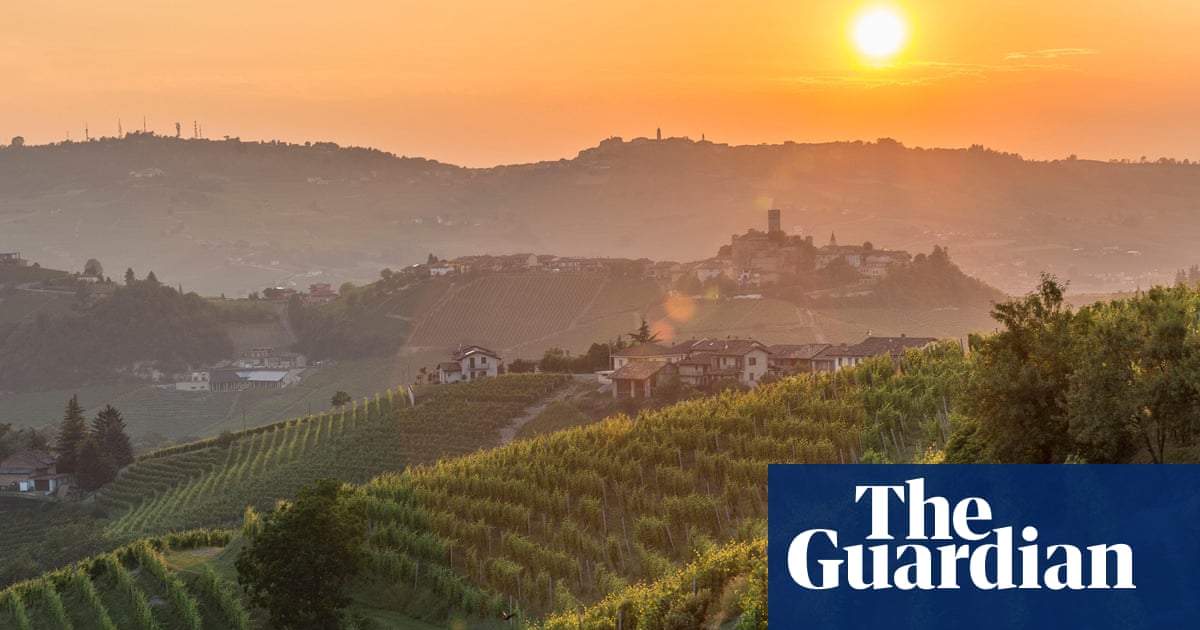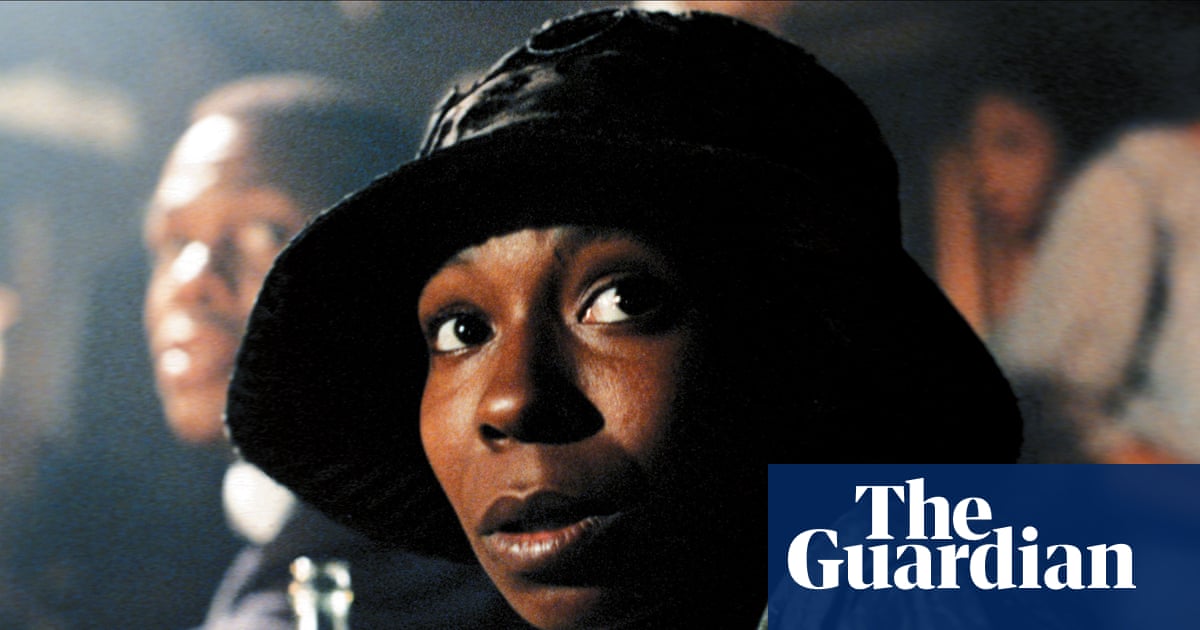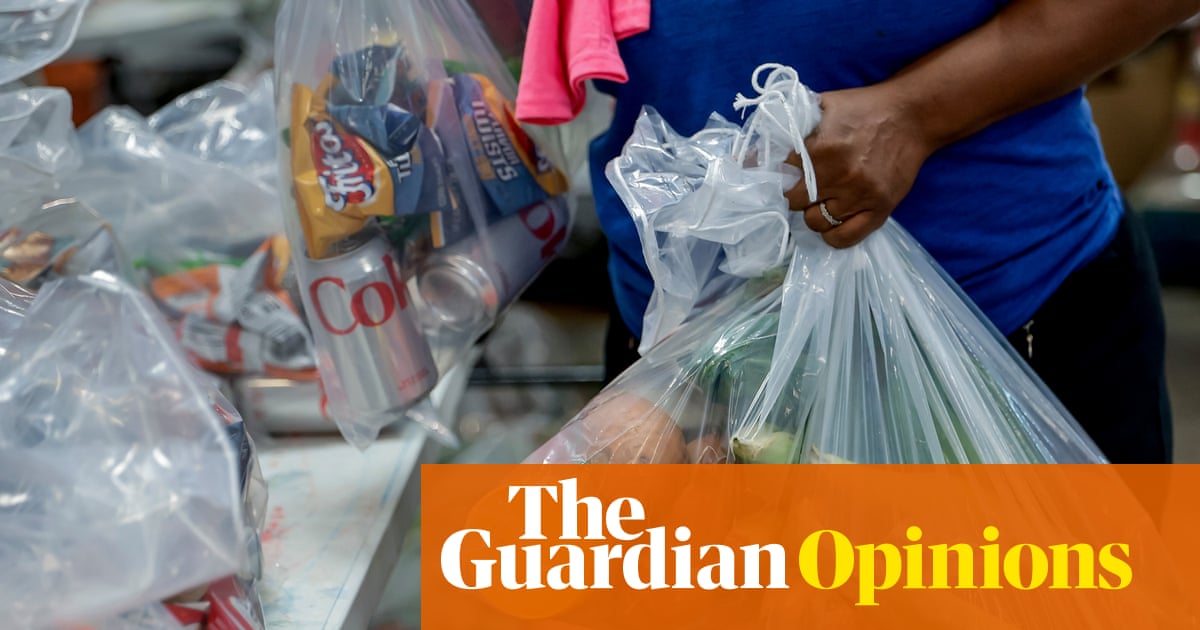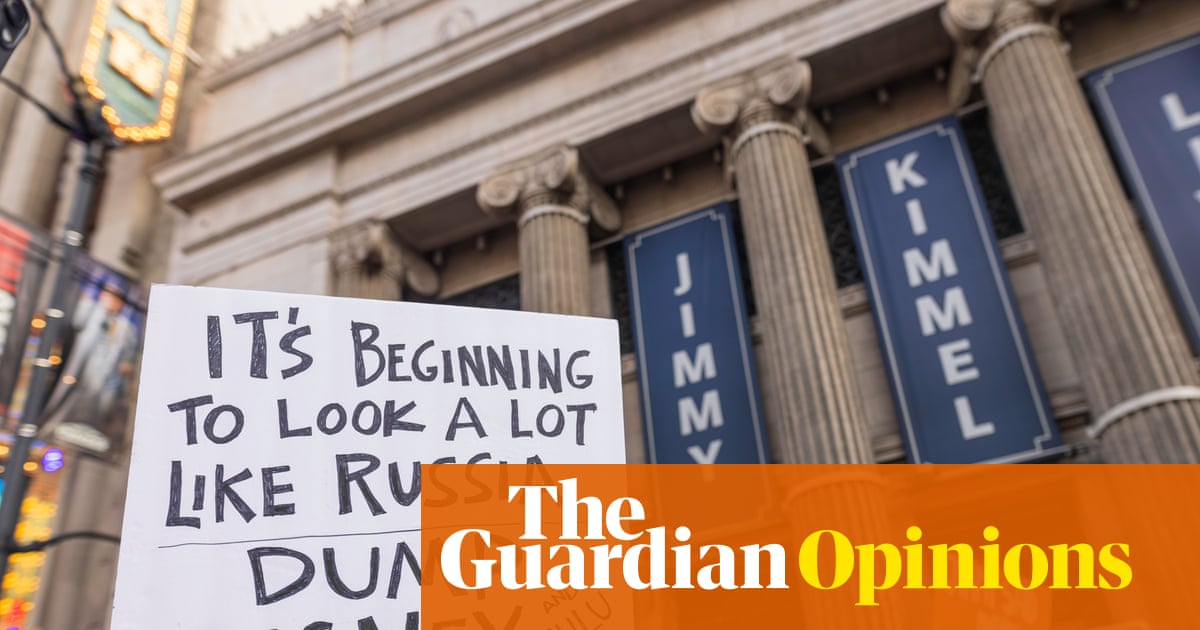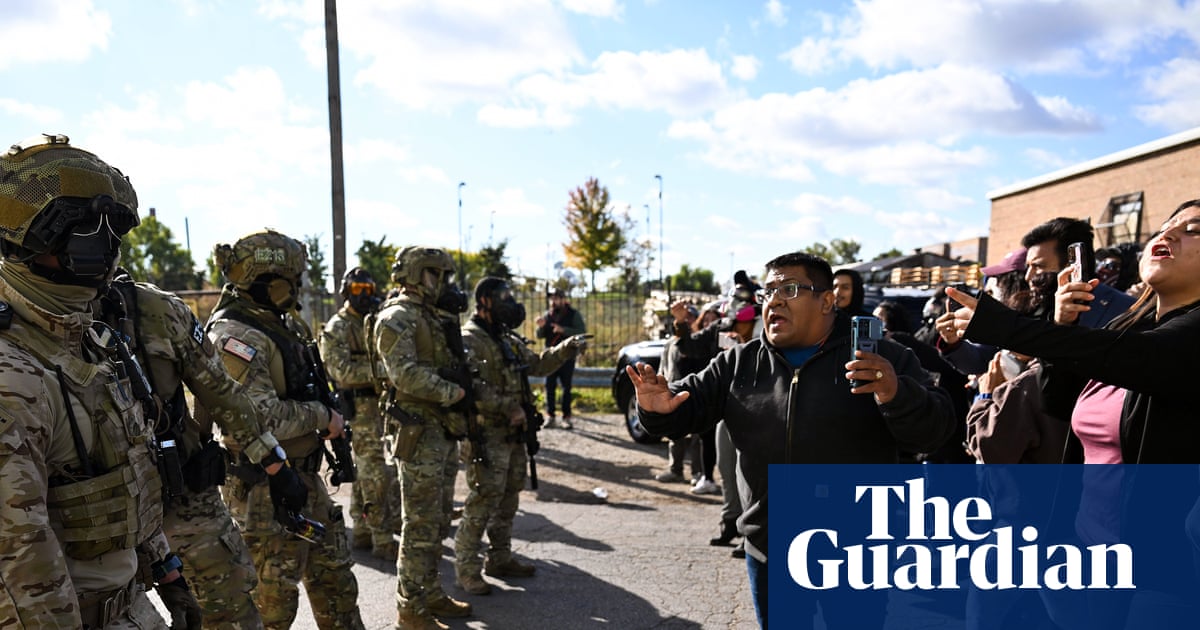Émile Charles fled Kenscoff in September when armed men overran his land. Leaving everything he owned behind, the farmer found refuge above Turgeau, one of the few neighbourhoods of Port-au-Prince still beyond the gangs’ reach.
New arrivals to Haiti’s capital climb ever-high to claim a few square metres and throw up a makeshift shelter of planks and rusty corrugated iron. To reach his, Charles scrambles up a steep path. Glasses perched on his head, he gazes across the hills at scattered shacks. “They arrived without warning and burned our crops,” he says. “We ran for our lives. Those who didn’t leave were killed. Two of my brothers were murdered.”
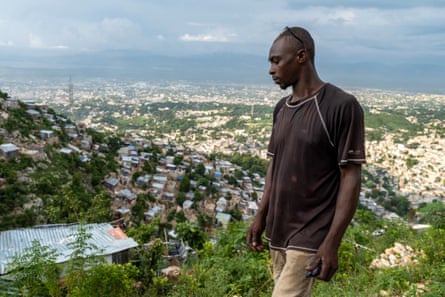
-
Émile Charles, who fled his land when it was overrun by armed men
Since January 2022, more than 16,000 Haitians have been killed in gang-related violence. More than 1.4 million people – nearly half of them children – have fled their homes since January 2025, driven by rampant gang violence and climate collapse. Throughout the country, droughts and failed harvests in rural areas are pushing farmers into overcrowded cities, where overstretched infrastructure fails to stem disease and desperation.
Armed groups are thought to control about 90% of Port-au-Prince. In the areas surrounding Haiti’s cities, they are burning crops, killing civilians and forcing families such as Charles’s to abandon their land for makeshift hillside shelters and an uncertain future.
Only a few areas of Pétion-Ville – an outer suburb of Port-au-Prince – still hold out, guarded by self-defence brigades backed up by off-duty volunteer police officers. In Canapé-Vert, residents have erected roadblocks to deter gang incursions. Some are permanent, using abandoned trucks and tipped-over containers, while others are mobile, to screen who comes and goes.
Lano Yves has staffed one such checkpoint for three years. Each night, the barriers seal the neighbourhood from 7pm to 5.30am. He makes no apology for the hard line. “People can think what they like of us, but we’ll defend our neighbourhood to the last drop of our blood. We’re fighting the filthy bandits, the terrorists who threaten us every day.”
Justice is often summary. Vigilante lynchings by the Bwa Kalé movement, in which victims are sometimes burned alive, can await those unable to justify their presence outside curfew hours.
Further towards the city centre, the Champ-de-Mars lies deserted. An armoured police vehicle patrols it; a site too symbolic to cede to the gangs.
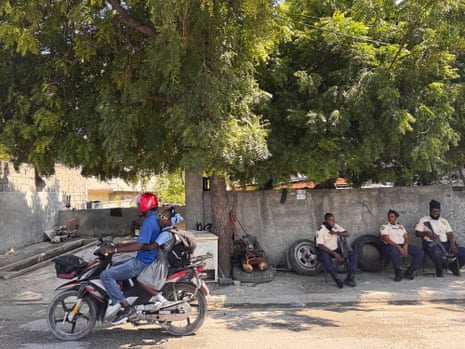
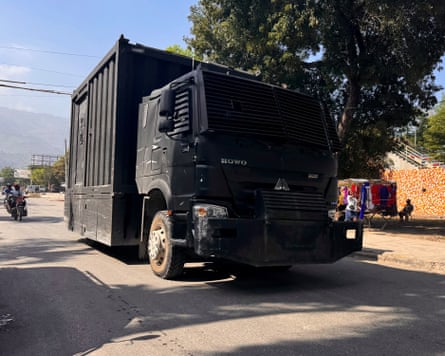

-
Off-duty volunteer police officers help control access to some neighbourhoods and an armoured police truck patrols to deter gangs
The police have also begun using drones to strike armed groups. Since March 2025, the UN has recorded 559 people killed from the air, including 11 children.
A gang led by a man known as Tilapli rules the area around the Grand Cemetery, a few hundred metres from the palace in Champ-de-Mars. Rusting school buses still run, provided passengers pay a “tax” at each checkpoint. Walls bear the scars of combat: bullet strikes and drone shrapnel.
In front of a smashed cemetery wall, armed men collect crumpled bills from passing vehicles into a white bucket. The night before, gun battles with the police – “the cats” – continued until sunrise, edging up to the church bordering the Champ-de-Mars before being forced to fall back.
Elsewhere in the country, another crisis is unfolding quietly. The land can no longer feed those who work it, and farmers migrate to chèche lavi – “seek life”. Haiti ranks among the most climate-vulnerable countries, with longer droughts, violent floods, erratic seasons and devastating hurricanes. The Artibonite plain and Central plateau in the middle of the country crack under the heat. Three consecutive failed harvests have emptied the granaries.
“The land no longer gives,” says Doudou Pierre Festile, coordinator of the Acul-du-Nord Peasant Movement near Cap-Haïtien, about 125 miles (200km) north of Port-au-Prince. “When you can’t feed your children, you leave for the cities; there, ‘another storm’ awaits: overcrowding, soaring prices, hunger.”
At the Villambetta camp in Tabarre, Port-au-Prince, anger and exhaustion prevail. Venel Nelson, the camp’s spokesperson, says: “In Haiti, there’s a spaghetti effect: everything gets tangled. Our leaders have had dealings with the gangs. If they created the problem, they can’t be the solution.”

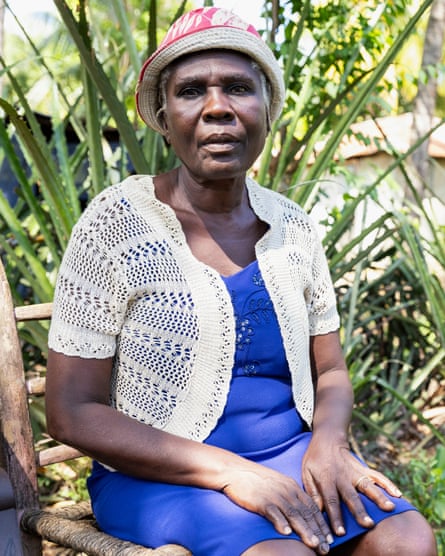

-
Clockwise from main: Venel Nelson and Dorival Magdala, who live in Villambetta cap in Port-au-Prince and Louisanne Javi, who returned to Acul-du-Nord from the capital
Dorival Magdala, a camp resident, says: “It’s hell here. We talk, we live, but in reality we’re already dead.”
Tens of thousands sleep in shelters made from sheet-metal or in requisitioned schools and churches. The rains fail and the soil doesn’t give any more, and the capital becomes a last refuge – and then a dead end.
In Acul-du-Nord, Louisanne Javi recounts leaving first because of drought and then violence. “Ten years ago, a drought destroyed my harvest. I left with my daughter to seek a living in Port-au-Prince,” she says. “Three years ago, the gangsters came. We fled again. We came back here, but we sow, and don’t harvest, because it doesn’t rain.”
From the hills of Port-au-Prince to the shores of Cap-Haïtien, the flight from violence and hunger is remaking Haiti’s landscapes. Land cannot feed, cities bite into the hills, rivers flood and disease spreads. Haiti is besieged not only by armed men, but by erosion, heat and salt. Peace may be measured by the return of rain, living soil and a coastline that stops retreating.
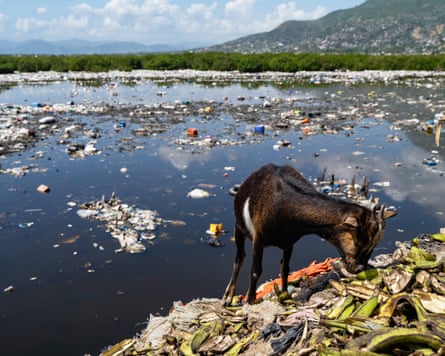
-
Rubbish piles the shoreline outside Cap Haïtien. Cities are struggling to run services such as waste management amid the influx of people
Meanwhile, displacement reshapes society: displaced youths become easy targets for armed groups, coerced or driven by despair. Overwhelmed cities struggle to manage waste collection, water, sanitation and housing.
The population of Cap-Haïtien has surged; hospital officials report a steady rise in patients. Rubbish piles line the shoreline, and newcomers clear hillsides to build or to sell charcoal. The UN Development Programme notes that more than 90% of Haitian households meet their energy needs with charcoal and firewood – a necessity born of poverty, power outages and the lack of alternative energy sources.
Deforestation to produce charcoal clears hillsides, increases erosion and worsens floods. The result is a cycle of environmental and governance failure that many connect to Haiti’s colonial history.
Mangrove initiatives by FoProBiM offer a mitigation strategy, but historical debts and weak governance deepen the cycle of instability. In Haiti, there is a consensus that the indemnity demanded by France in 1825, 150 million francs in gold, bled the public finances from the birth of the first Black republic freed from slavery.
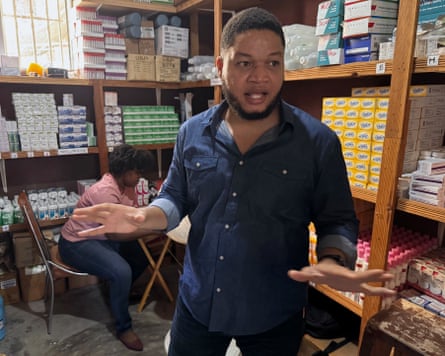
-
Dr Weedjney Destouches
Juslène Tyrésias, of the Papay Peasants Movement, notes that the consequences are still being felt. “Haiti had to cut its trees to pay the ransom,” she says, referring to the debt to France.
Dr Weedjney Destouches, who fled violence in Port-au-Prince several years ago and now runs a network of low-cost clinics from Cap-Haïtien, says the debt has left a legacy of environmental degradation, violent upheavals and weak governance. “The independence ransom remains a central factor in understanding the country’s fragility,” he says.
International interventions have followed one another without lasting success. In 2023, a Kenya-led multinational security mission was approved to assist Haiti’s police in retaking the capital. By 2025, the mission had faltered amid ambushes and scandals. In several neighbourhoods, gangs regained ground.
In the Port-au-Prince cemetery, a gang member watches the city’s turmoil. He says of the Kenyan force: “They came to make a bit of money, not to deal with the security problem.”
-
This story was produced in partnership with the Pulitzer Center.

 2 hours ago
5
2 hours ago
5


